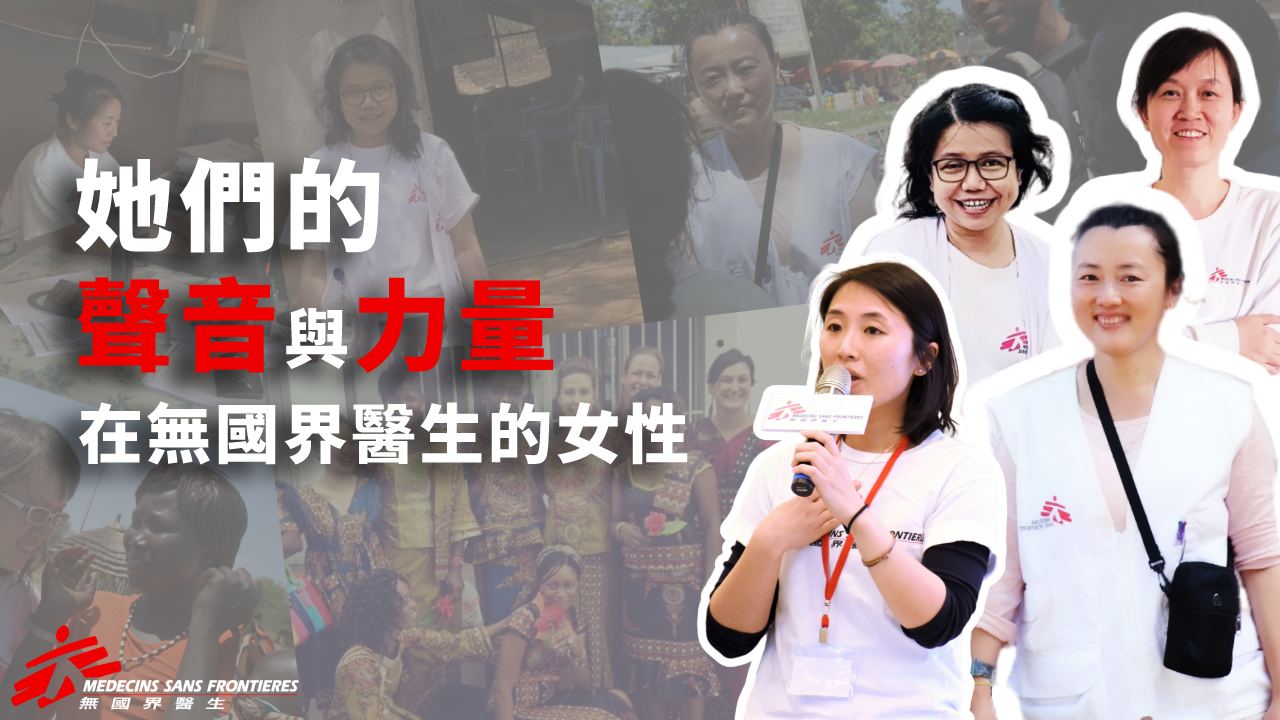Backing up logistics on the front line
Aug 26, 2014
In extreme emergency situations, we may be able to set up additional wards using tents and simple resources within a day, but of course this does not mean that is what we do every single day being on the field, and at least not when I am currently not in an emergency mission, when there are longer term goals we have set for our work in this country.
We have been back to Afghanistan since 2009 after our entire close down in 2004, and I am happy to say we are moving on to provide wider and better medical assistance serving an increasing population of the country. We currently have four main medical projects located in four different provinces, in Kabul, Kunduz, Khost and Helmand, and our hospitals range from trauma centre, maternity hospital, to district and provincial hospitals. To meet the ever growing medical needs and to improve the hospital setups to facilitate quality medical care, we have quite a number of construction plans for the year in nearly all our projects, and we are also working towards opening two more projects, one in western Kabul, one in the province of Kandahar.
Running a hospital is not just about having consultation rooms, wards, operation centres. It is also about all the backstage supporting non-medical facilities – the kitchen for the food to our patients and in some situations caretakers; the laundry to take care of all the linen; the generator rooms to house in generators, providing electricity to the entire hospital in case city power fails; the logistics storage which makes space for carpentry and electrical workshops to provide regular maintenance to all facilities, storage of spare parts and all non-medical items that are needed for the everyday running of the hospital; the pharmacy which provides clear stock of all medical drugs and items for patients; water storage area which houses the first station of water supply pumped up from the ground through boreholes for the entire hospital; waste zone which handles and digests all the domestic, medical and other wastes produced by the hospital everyday; septic tanks and grease traps to be cleaned and maintained as part of waste water treatment system; and also all the pipes and electrical lines that run all across the hospitals; etc. All these structures require maintenance as well as face the potential for expansion in meeting increasing needs, just like the need to build extensions for wards.
In the coming months, we are constructing new structures and new extensions, as well as having rehabilitation, to a number of both medical and non-medical facilities. Medical facilities include some big extensions of wards in some projects, like a new maternity ward, the pediatric and neonatal ICU, the emergency room, the construction of an extension within an existing hospital to make complete a new hospital for our new projects; rehabilitation of a laboratory and an ICU; non-medical facilities include nearly all of the above mentioned facilities in our different projects – laundries, generator room, log store, pharmacy, water storage, waste zone, wastewater treatment facilities.
In preparation of all these projects, we have been working day and night to finalize tender packages, going through numerous discussions with different parties (medical teams, project teams, headquarters), doing technical designs, presenting ideas on technical drawings, quantifying cost estimates with detailed bills. We are not a construction developer, we do not have quantity surveyors to do budgeting and costing for us; we do not have land surveyors to take accurate on-site information; we do not have draftsmen to convert our technical designs to drawings; we have limited as-built information for existing structures or ground conditions – we, the Technical Unit, is all we have, which in fact, is already a luxury for MSF missions. The Technical Unit comprises of personnel for support in areas of construction, water and sanitation, energy (electrical), biomedical, and mechanics. My assistant and I are the ones for construction, and overall project management.
Sometimes I wonder why a day can end so quickly, not only do we need to prepare for these tendering, we also take part in meeting contractors, and we fly to all our projects to get the first hand understanding of the future works. I am very glad that I have very proficient construction teams down in the projects with major constructions, well even if sometimes a “team” is only just one construction log on the ground. They give us regular feedback of site constraints, like there might be a spider web of existing water pipes under the ground in where we wanted to work; and for some more developed construction teams which has been setup since a few years back, they can even take care of the technical development and tendering procedures.
We may not be saving tens of patients everyday, nor are we giving hands on medical care; but what we do every day, will hopefully nurture better hospitals for the future, providing quality environments for our medical teams, for the real hands-on medical assistance for this community in great need.






Leave a Comment